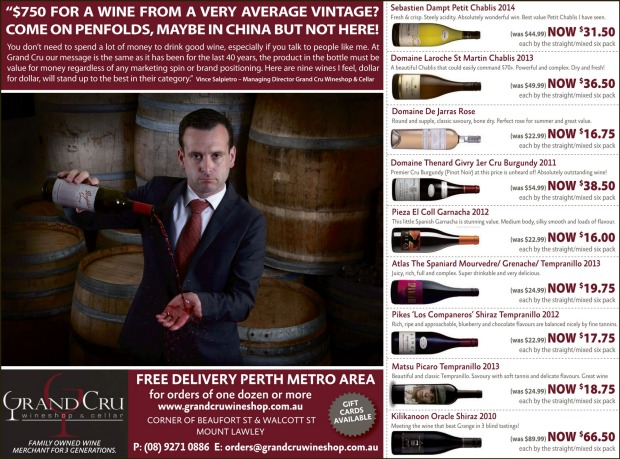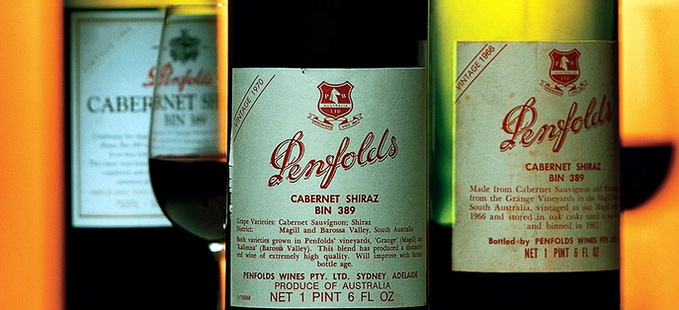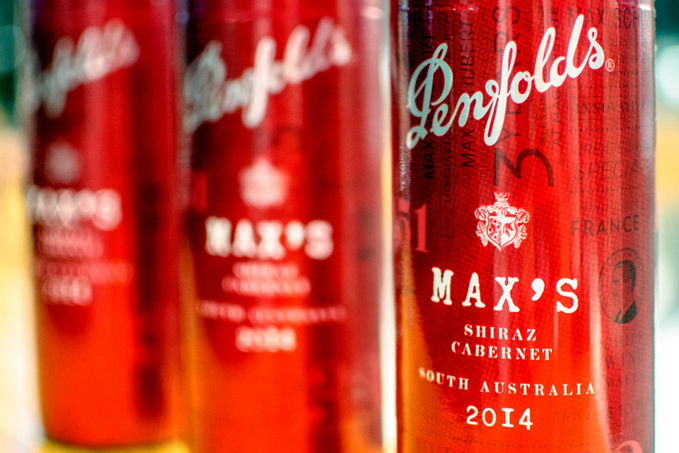‘The launch of The Penfolds Collection has become a carefully stage-managed affair,’ Jancis Robinson tells us. These days, Peter Gago has become Penfolds’ chief promoter, flying round the world with the latest wares in his luggage. To what extent he still has a hand in making the wines is anybody’s guess.
As usual, Grange leads the charge this year with a new price of $850 a bottle. Clearly, Peter Gago and his masters want to push the famous Aussie red up to 4 figures. 2012 was a good vintage in South Australia, and the Grange from this vintage is said to be top notch. Huon Hooke gives it 98 points, and he’s a pretty hard marker.
Peter Gago is fond of telling the punters that they’ll never lose when they invest in Grange, which is absolute rubbish as we show in our piece Penfolds Grange – rich wine, poor investment. Virtually all Granges back to 1966 sell at auction for much less than $850, including the best Grange I’ve tasted: the 1966, which I gave 100 points to a few years ago when it was at its peak.
The Ugly Side of the Grange Coin
Yes, it’s so ugly that Perth wine merchant Vince Salpietro of Grand Cru Cellars emptied 2 bottles of the 2011 on the floor of his wine cellar last year, and took out a a half-page advertisement in The West Australian newspaper telling Penfolds that their $750 asking price for the 2011 Grange was an insult, given the poor quality of the 2011 vintage.
In view of the enormous margins Penfolds makes on Grange, you’d expect them to take a leaf out of the book of top Bordeaux chateaux which declassify the fruit of a bad vintage to their second labels. If the vintage is really bad, they’ll just sell it to the local merchants who’ll bottle it under their own label as Bordeaux Superior.
That Penfolds didn’t do this with a wine most reviewers scored in the low nineties shows TWE’s insatiable greed. That they got away with it shows how gullible Grange collectors are, but then Grange hasn’t been about wine for many years. It’s about luxury goods, and that market has little to do with the wine in the bottle.
Poor Man’s Grange is heading for $100
That’s what the old Bin 389 Cabernet Shiraz used to be called when it was affordable. I remember buying the ’96 for less than $20 a bottle; now the RRP is $90. Same for the Bin 407 Cabernet Sauvignon and the Bin 150 Marananga Shiraz. Even the humble Kalimna Shiraz, which comes from everywhere in South Australia except Kalimna, now has an RRP of $45.
Climbing up the price ladder, we find St Henri at $100, and the RWT Shiraz up at $200. The elusive Bin 707 is now $500, clearly destined for superstardom – Gago has taken to calling it ‘our Grange Cabernet’. For reasons not stated, there’s no Bin 169 Coonawarra Cabernet Sauvignon in the 2016 collection. I suspect it went into the Bin 707, which is much more profitable.
Same Same
At a Penfolds collection lunch a couple of years ago, the overwhelming impression I came away with was the great similarity of the reds. They all offer rich, even voluptuous fruit, bright and polished, supported by classy oak treatment. It’s obvious that the more expensive wines get more expensive treatment, so they show more polish, more intensity and more oak. The other overriding impression was that all the reds were too big.
For those who don’t mind spending $100 on a bottle of wine, the pick this year may be the Reserve Bin A Adelaide Hills Chardonnay 2015, which is as modern as Aussie chardy gets. The fruit is sourced from cool climate sites across eastern Australia, and the wine gets the full treatment. Huon Hooke calls the 2015 ‘an outstanding vintage of this wine, with the funky, wild-ferment characteristics in full expression as usual, but I fancy the wine is better balanced than ever.’
For those who pay attention to these things, the 2015 Reserve Bin A won two trophies at Royal Adelaide Wine Show, and topped the 2016 James Halliday Chardonnay Challenge (which has as much to do with Halliday as the Bin 28 Kalimna has with Kalimna).
Penfolds – Australia’s Ambassador?
‘Big company ownership and tall poppy syndrome,’ writes Tyson Stelzer, ‘not to mention ever spiralling prices, have triggered Penfolds grumbles among Australian devotees and wine trade alike, but the fact remains, no company is contributing more to the global standing of Australian wine right now than Penfolds.’
What a pile of rubbish: TWE promotes Penfolds. TWE doesn’t promote Australian wine regions. Most Penfolds wines are blends of material from different wine regions. Consumers who’re introduced to Penfolds learn almost nothing about Australian wine regions or styles, yet learn lots about Penfolds. Tyson Stelzer’s article is headed ‘The Truth about Penfolds,’ just to make it more dubious. A couple of years ago, I wrote that he sounded like Penfolds’ PR agency; now he sounds like he is Penfolds’ PR agency.
The final proof of Penfolds’ boundless greed is the way it exploits its hero Max Schubert, and the rubbish it puts his name on. Greed is good, and Bad Taste is Better. Shame on you, Penfolds.
Kim


